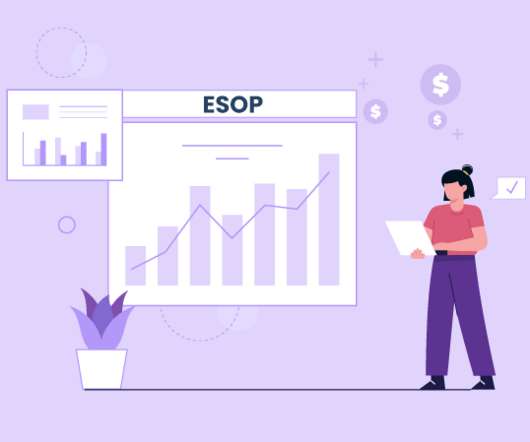What Is a Qualified Retirement Plan?
HR Lineup
MARCH 13, 2022
Under this plan, the amount is discretionary and so, you as the employer decides the amount to contribute to the program each year. However, the tax deduction is limited to a maximum of 25% of the total salary of the employees in this qualified employee benefit plan. Hybrid plan. 403(b) plans. Target benefit plans.











Let's personalize your content